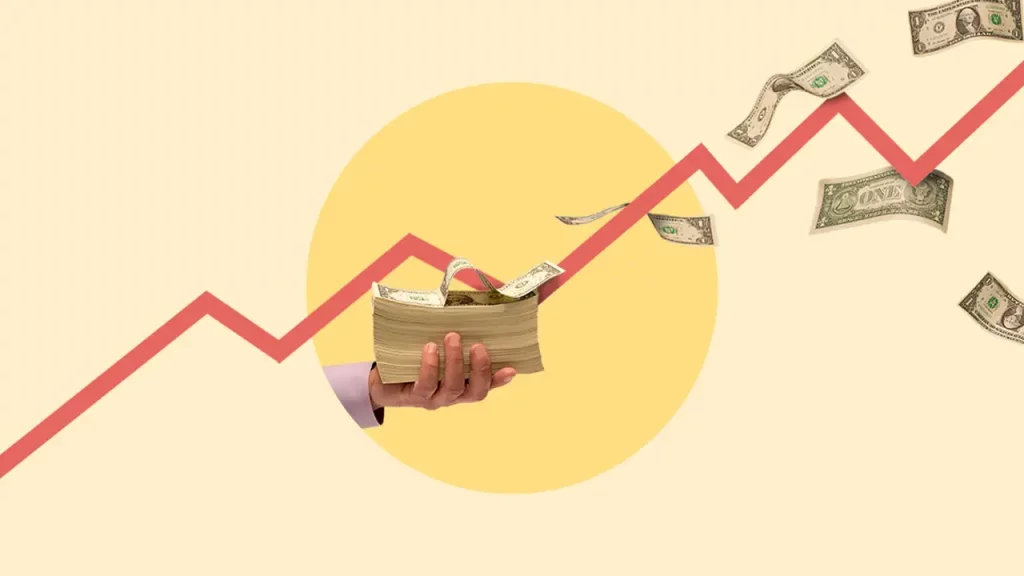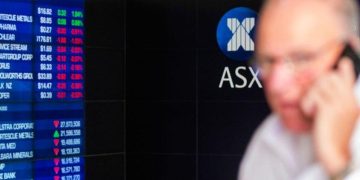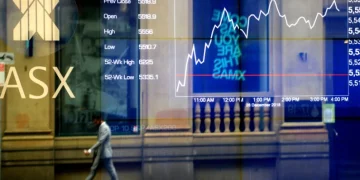Introduction
In Q2 2025, a subtle yet telling shift emerged within the U.S. consumer economy—credit card spending growth, once a pillar of post-pandemic consumption momentum, decelerated by 5% year-over-year. At first glance, this slowdown could be dismissed as seasonal or driven by inflation normalization. But concurrently, credit spreads in U.S. corporate bond markets began to widen, hinting at deeper credit stress. The juxtaposition of softer consumer spending and rising risk premiums in the debt market raises an important question: are American consumer credit behaviors now serving as a forward indicator of broader credit market fragility?
Slowing Credit Card Spending: A Warning in the Data
By the end of June 2025, aggregated data from the Federal Reserve and major credit card issuers such as JPMorgan Chase, American Express, and Capital One revealed a 5% year-over-year decline in the growth rate of credit card transactions. More tellingly, this deceleration came not during a recession or a rate shock, but amid a still-growing labor market and contained inflation. What changed?
Digging into the composition of spending, discretionary categories—travel, electronics, restaurants—saw sharp declines, while essential categories like groceries and healthcare held steady. According to Experian’s Q2 2025 U.S. Credit Behavior Report, revolving credit utilization rates fell from 28% to 25%, and the average transaction volume per active user also dipped, particularly among lower-income consumers.
Simultaneously, credit card delinquencies edged upward for the fourth consecutive quarter. While still below pre-2020 levels, the uptick in 90-day delinquencies to 3.2% from 2.7% at the beginning of the year was enough to catch the attention of bond markets. Rising delinquencies, combined with cooling consumption, signaled potential cash flow strain for a segment of the population that had previously kept consumption elevated through credit.
This coincided with the ICE BofA High Yield Index option-adjusted spread widening from 320 basis points in April to 370 basis points by the end of June, despite relatively benign corporate earnings. Market participants began reassessing not just consumer demand strength, but also the quality of credit underwriting across unsecured lending channels.
Cross-Market Ripples: From Credit Cards to Equities and Banks
The slowdown in credit card usage did not remain isolated. Financial markets quickly picked up on the signal and began repricing risk in consumer credit and adjacent sectors. Bank stocks, especially those with significant credit card portfolios, experienced increased volatility. The KBW Bank Index fell 6% during Q2, with Capital One and Discover leading declines, as analysts lowered earnings forecasts on expectations of higher credit loss provisions.
This caution extended to consumer discretionary equities. Companies with heavy reliance on credit-fueled spending—such as department stores, online electronics retailers, and luxury brands—saw price downgrades. Investor concern centered on margin pressure, inventory misalignment, and potential sales slowdowns as consumer leverage capacity shrank.
In fixed income markets, the impact was most evident in structured credit. ABS (Asset-Backed Securities) backed by credit card receivables began pricing wider, with AAA tranches of benchmark deals from major banks clearing at 20–30 basis points wider than Q1. Secondary market liquidity also declined, particularly for subordinated tranches, reflecting investor caution toward consumer credit exposures.
Interestingly, while mortgage and auto loan performance remained stable, this divergence reinforced the view that unsecured consumer behavior could be a high-frequency stress signal, untethered from broader macroeconomic resilience.

Diverging Views: Short-Term Noise or Structural Signal?
The slowing of credit card spending and widening credit spreads sparked a divide among policymakers and market analysts. On one side, the Federal Reserve’s Q2 Beige Book and several FOMC members argued that the decline in spending is temporary and primarily due to base effects and seasonality. “Consumers remain healthy,” said Atlanta Fed President Rafael Bostic in June. “What we are seeing is normalization, not distress.”
This view aligns with data on employment and wage growth, which remained solid throughout Q2. Unemployment held near 3.9%, and real wage growth was marginally positive. Moreover, inflation continued to cool, reducing the need for consumers to rely on debt to maintain purchasing power.
However, independent credit analysts and alternative data providers paint a different picture. According to CreditSage Analytics, sentiment in consumer lending securitizations has deteriorated more rapidly than fundamentals would justify. “The stress is not broad-based yet,” said CreditSage CEO Rachel Huang, “but we are seeing pressure build in the lowest-income deciles and subprime credit tiers.”
A May 2025 report from Fitch Ratings highlighted the emergence of what it calls “passive leverage fatigue”—a condition where consumers, after years of pandemic stimulus and cheap credit, become structurally more cautious about taking on new debt. The report warned that this behavioral shift could have long-term implications for consumption-driven GDP.
Further complicating the debate are new data models integrating social sentiment and real-time bank app usage. These models show that consumers are increasingly tracking balances, cutting back on luxury purchases, and reallocating spending from services to goods—a shift typically associated with defensive economic behavior.
2025 Outlook and Strategic Implications
What happens next hinges on three variables: labor market resilience, interest rate trajectory, and consumer sentiment. In a bullish scenario, continued job growth and Fed rate cuts in the second half of 2025 could reaccelerate spending, narrow credit spreads, and reduce delinquency concerns. Under this scenario, equity markets may reward consumer lenders and retailers who have weathered the slowdown conservatively.
In a neutral scenario, credit card spending stabilizes but doesn’t rebound significantly. Credit spreads remain elevated but not dislocated. Investors might prefer large banks with diversified exposure and avoid niche consumer lenders heavily reliant on unsecured credit expansion. Retail equities with exposure to middle-income consumers may perform better than those targeting either end of the income barbell.
In a bearish scenario, job losses or inflation reacceleration triggers further contraction in spending. Rising delinquencies could lead to accelerated credit tightening, forcing banks to shrink loan books and hurting earnings. In this case, high-yield debt markets may suffer, and structured credit vehicles could experience forced deleveraging. Investors would likely rotate into defensives and prioritize cash flow stability.
For now, three key metrics warrant close monitoring:
- Credit card delinquency rates among the bottom 30% of FICO scores
- Changes in credit spread curves across investment grade and high-yield markets
- Quarterly earnings revisions for consumer lenders and discretionary retailers
Investors with exposure to these sectors may consider adjusting portfolio weights toward financial institutions with strong provisioning histories and away from issuers most exposed to subprime consumer credit.
Conclusion
The unexpected slowdown in U.S. credit card spending during Q2 2025 and its alignment with widening credit spreads point to a deeper recalibration of consumer risk. While the Fed and traditional macro indicators still signal stability, undercurrents in lending data and market behavior suggest a more complex picture. Whether this is a short-term adjustment or the start of broader credit stress remains an open question. But as the second half of 2025 unfolds, tracking consumer behavior might offer the earliest and clearest signal of what lies ahead in the U.S. credit markets.





































